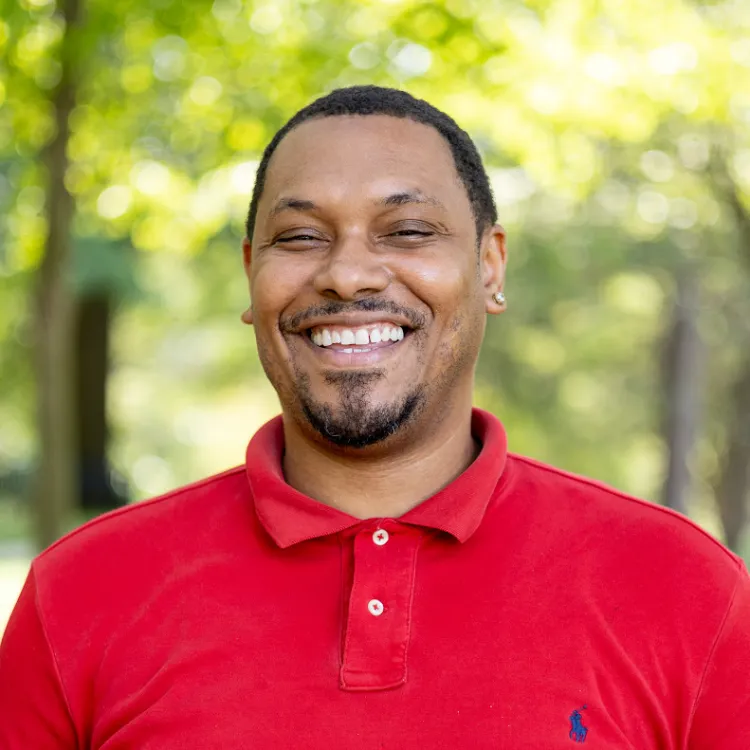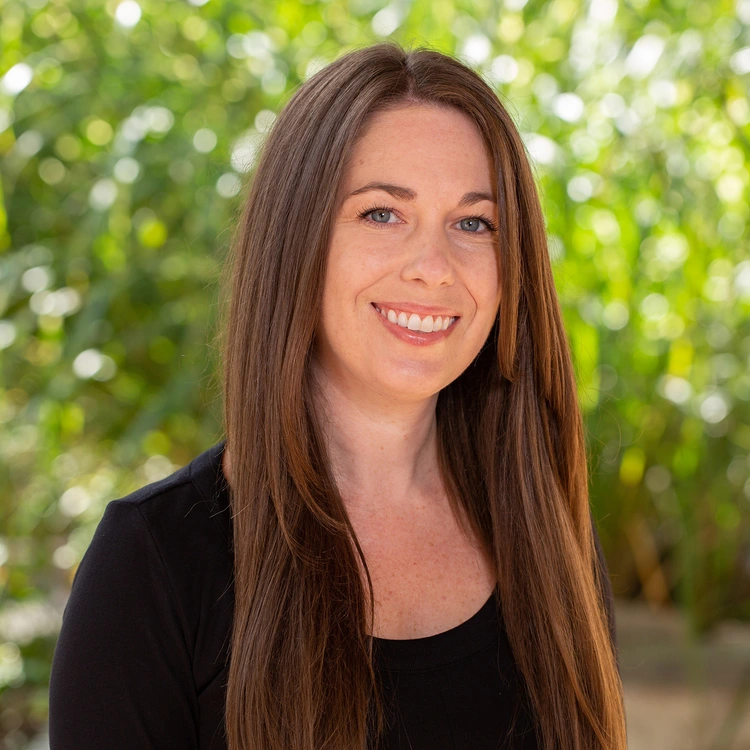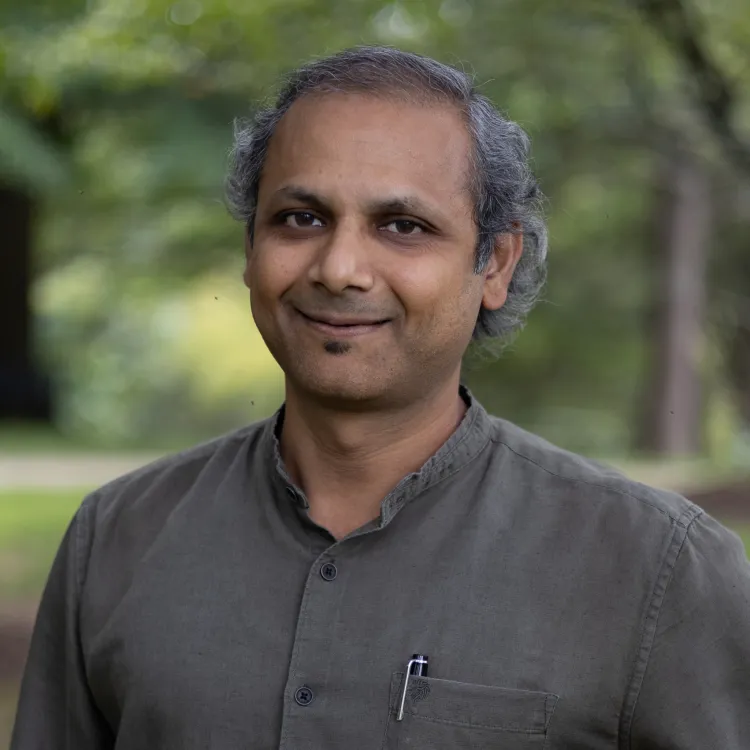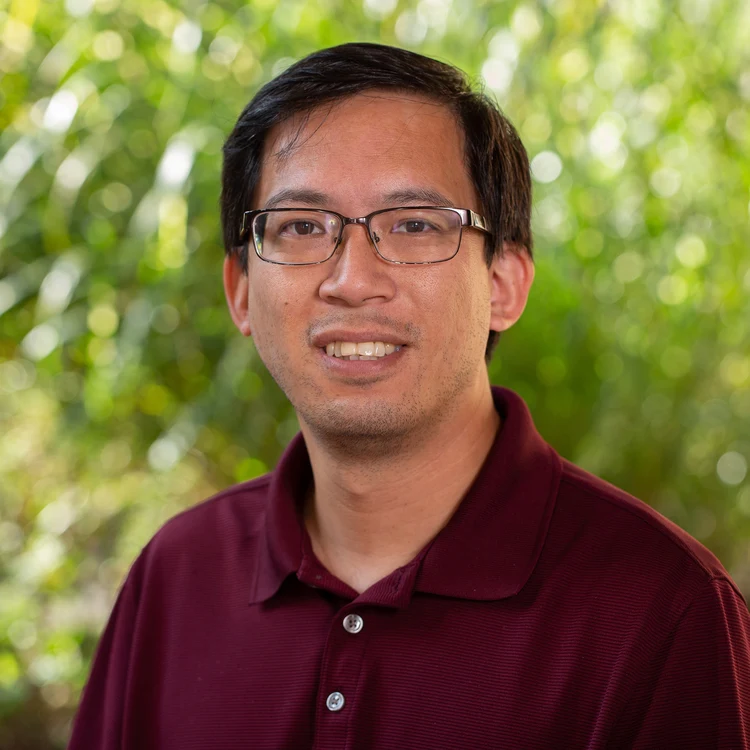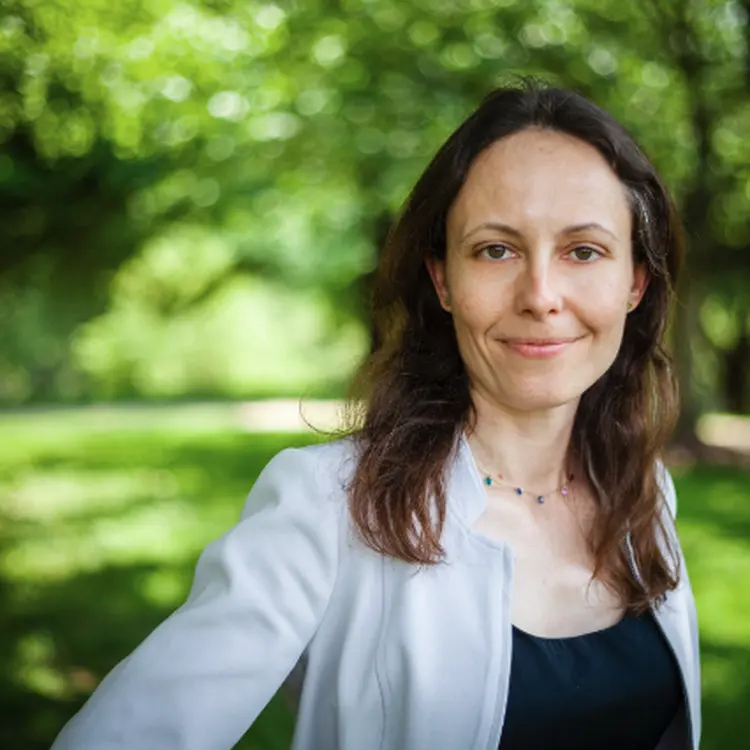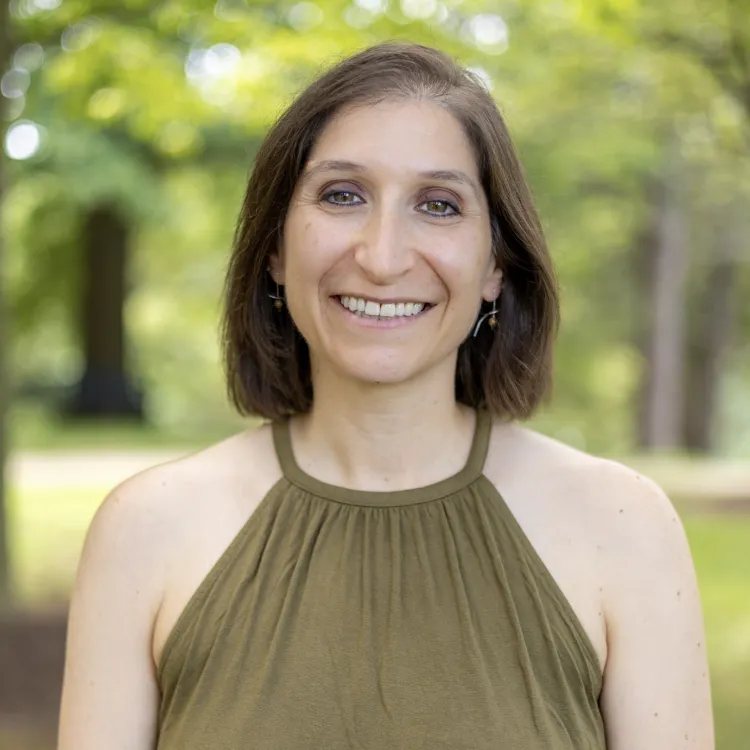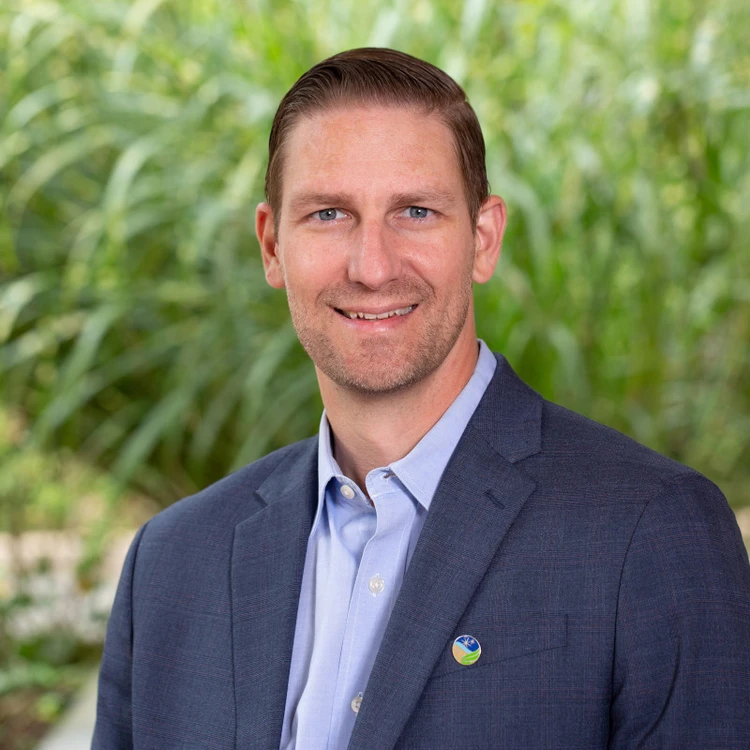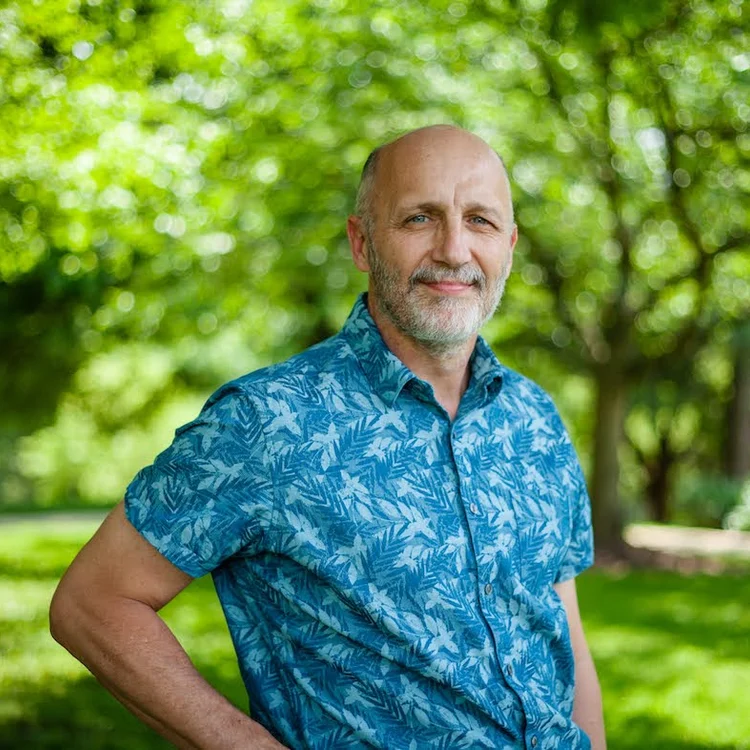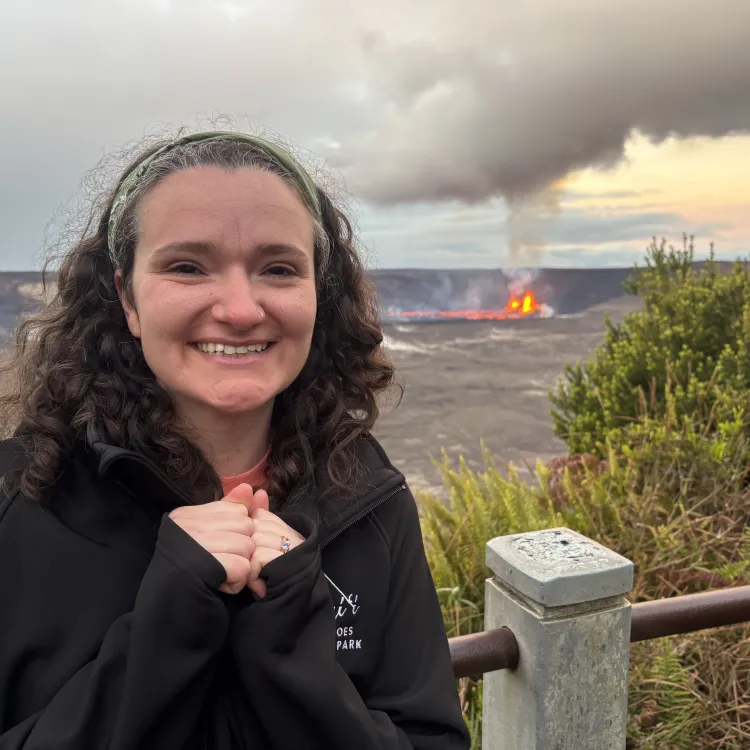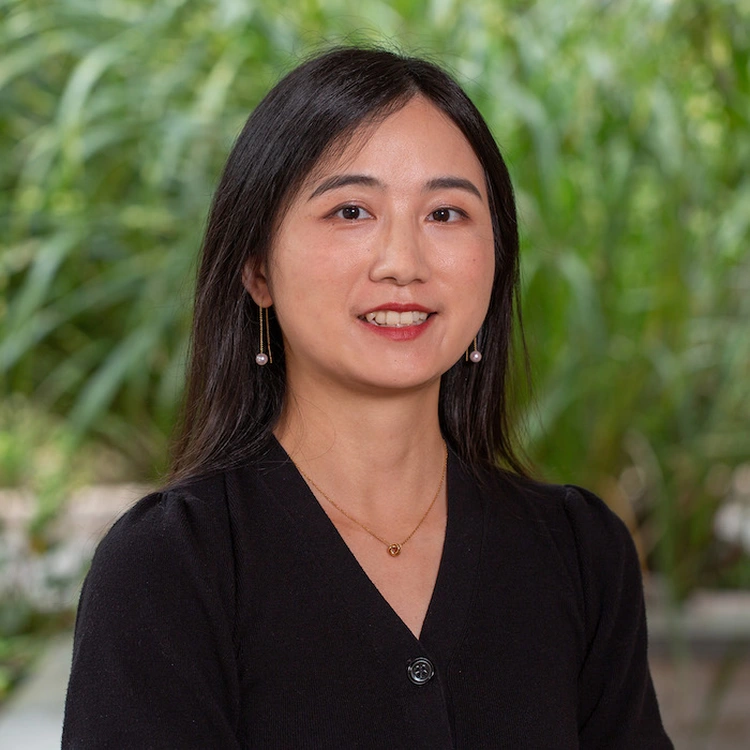Safety and Emergency Information at EPL
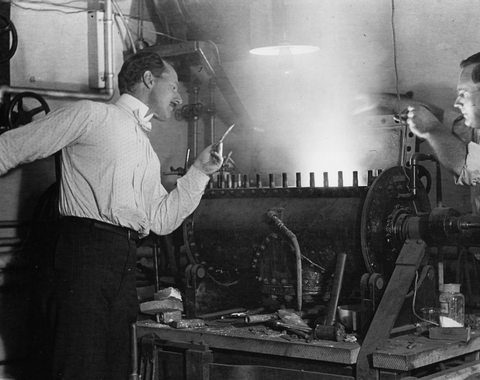
Director Arthur L. Day and a colleague using a carbon arc and resistance furnace at the Geophysical Laboratory, circa 1906. One of 10 research departments established during Carnegie Science’s first decade, the Geophysical Laboratory pioneered experimental studies of rock and mineral formation and the Earth’s interior.
Emergency Contacts
D.C. Police: 911 or (301) 654-7300
MD Emergency Rescue: 911 or (301) 652-1000
U.S. Park Police: 911 or (202) 619-7500
Bethesda Fire: 911 or 301-654-0655
Chevy Chase Fire:911 or 301-652-0707
Bethesda Rescue: 911 or 301-652-0077
Nearest Fire Station: 4930 Connecticut Avenue, N.W., Washington, D.C. 20008 | (202) 673-3231
Nearest Hospital: Sibley Hospital | 5255 Loughboro Road, N.W. | Washington, D.C. 20016 | (202) 537-4000
Our Address:
5241 Broad Branch Road, Washington, D.C. 20008
In the case of a campus emergency, you can reach the following people via the following personal cell phone numbers. Call for things like minor flooding, power outages, or malfunctioning equipment that are urgent, yet don't pose an immediate danger to life.
Barry Hall: (202) 699-7873
Maceo Bacote: (202) 510-8578
Robert Carter: (202) 883-9166
In the event of a major weather or emergency event, the Broad Branch Road campus of the Carnegie Institution for Science will follow the lead of the D.C. Area Federal Government. Please check operating status at the Federal Office of Personnel Management Operating Status website (OPM).
Carnegie Alerts is Carnegie Science's official campus mass notification system, designed to deliver urgent updates and emergency communications quickly and efficiently. Powered by Regroup Mass Notification, a robust software platform, Carnegie Alerts enables real-time alerts to subscribers through multiple communication methods to ensure that employees, affiliates, and other campus members are immediately informed of critical information, enhancing safety and response times during emergencies.
-
Text messages (SMS) to mobile devices
-
Regroup Mobile app
-
Carnegie email messages
Examples of Carnegie ALERTS include but are not limited to:
-
Building Evacuation
-
Campus Closure or Delay
-
IT or Facilities Service Outage
-
Shelter in Place
By default all Carnegie Science employees and affiliates are automatically registered for email notifications. Adjust your preferences by heading to https://alerts.carnegiescience.edu/.
Carnegie AlertsCampus Safety
Fire Extinguisher Locations
Abelson:
- Library: outside elevators; attic in/outside archives; near old fire escape exist
- Ground: outside elevators; A-G28A; A-G04
- 1st Floor: A-104; A-122
- 2nd Floor: Hallways off the elevator; near A-204; A-219
Research:
- Ground- Near R-G03, R-G18, R- G23, R-G26, R-G38, R-G51
- 1st Floor - Hallways near R-117, R-119, R-140, R-162, R-176
- 2nd Floor - Hallways near R- 202, R-203, R-206, R-208, R-209, R-217, R-221,R-222, R-226, R-227, R-228, R-232, R-235, R-236A, R-236B, R-237, R-238, R-244, R-268
- Penthouse - Near doors and stairwells
Greenewalt:
- Auditorium: Outside A/V room in lobby; A/V stairwell to auditorium
- Kitchen: Beside back door
- Ground floor: Carpenter shop; McWhorter Room
Cyclotron Building:
- Ground: C-G02, Mechanical Boiler Room G03-G04; Main Electrical Room and Hallway G06; hallway near G22, lower level Cyclotron Vault G13; Mass Spectrometry Lab G22; C-G21 at foot of stairs in the stairwell, Ion Probe Lab G13, Upper-Level Cyclotron Vault; Elevator Machine Room
- 1st Floor - Hallway near restrooms, chemistry lab airlock
- 2nd Floor - Hallway near room C-211, chemistry lab airlock, penthouse- hist inside the door to the right
Fire Alarms and Procedures: Fire alarms will be inspected and tested in accordance with state and local codes, but no less than once per year. Similarly, fire drills will be conducted in accordance with state and local requirements, but no less than once per year. At this time, all fire exits will be tested and hallways inspected for obstructions.
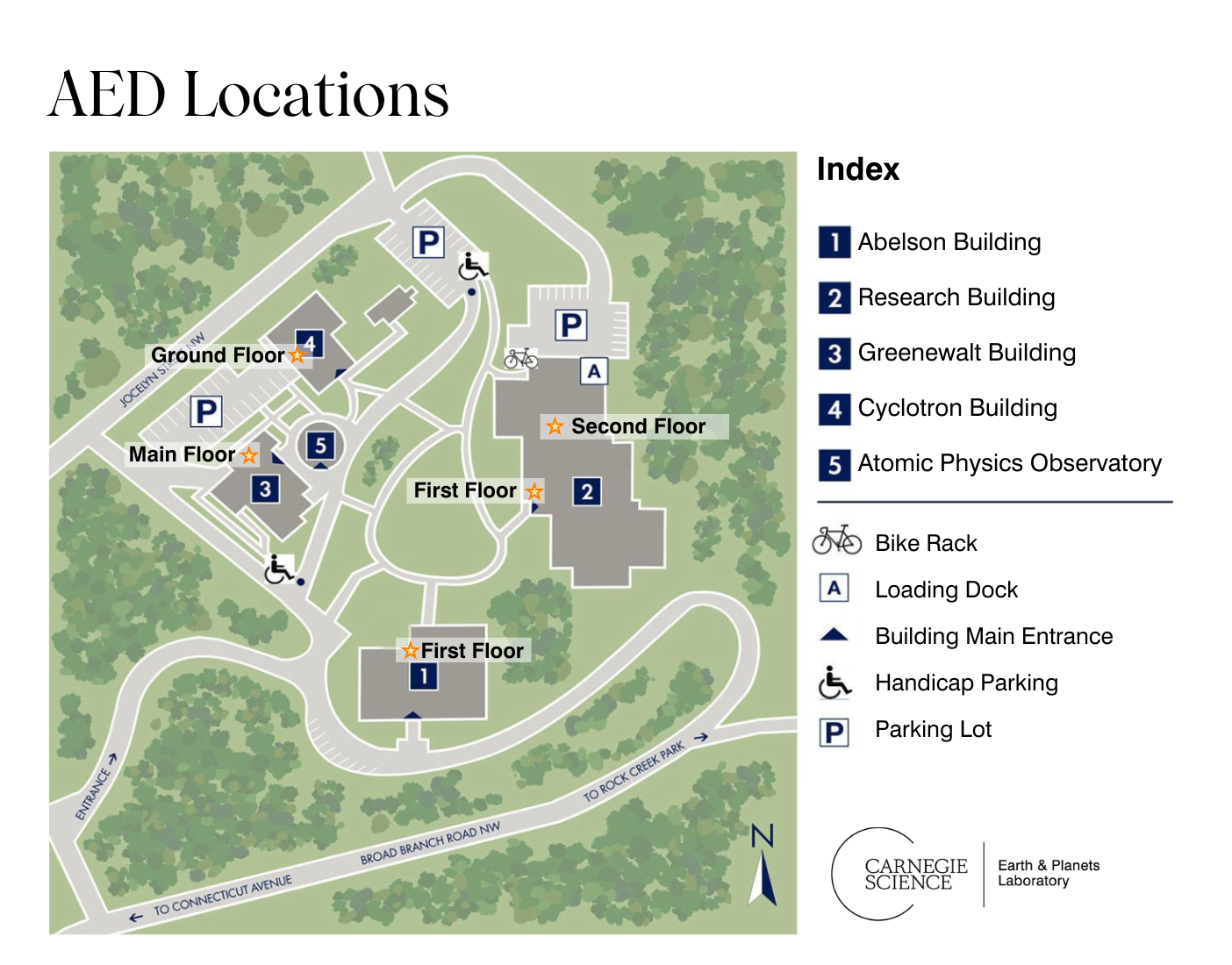
There are five AEDs located on campus:
- Research: Just inside the main door on the left wall (1); 2nd floor, north central wall in the hallway (1)
- Greenewalt Building: near the restrooms (1)
- Cyclotron Building: ground floor near parking entrance (1)
- Abelson Building: main floor opposite the elevator (1)
How to use an AED from Mayo Clinic:
If someone has fainted and might need an AED:
- Check to see if the person is breathing and has a pulse.
- If you cannot feel a pulse and the person is not breathing, call for emergency help. If there are other people present, one person can call 911 while the other prepares the AED. If you're alone, call 911 or emergency services first to make sure help is on the way.
- Turn on the AED. The automated external defibrillator gives you step-by-step voice instructions. It will tell you how to check for breathing and a pulse and how to position electrode pads on the person's bare chest.
- Deliver the shock. When the pads are in place, the AED automatically measures the person's heart rhythm and determines if a shock is needed. If it is, the machine tells the user to stand back and push a button to deliver the shock. The AED is programmed not to deliver a shock if a shock isn't needed.
- Start CPR. Begin CPR after the shock is delivered if CPR is still needed. The AED will also guide users through CPR. The process can be repeated as needed until emergency crews take over.
How and when to use AED | Mayo Clinic
How to do CPR | Mayo Clinic
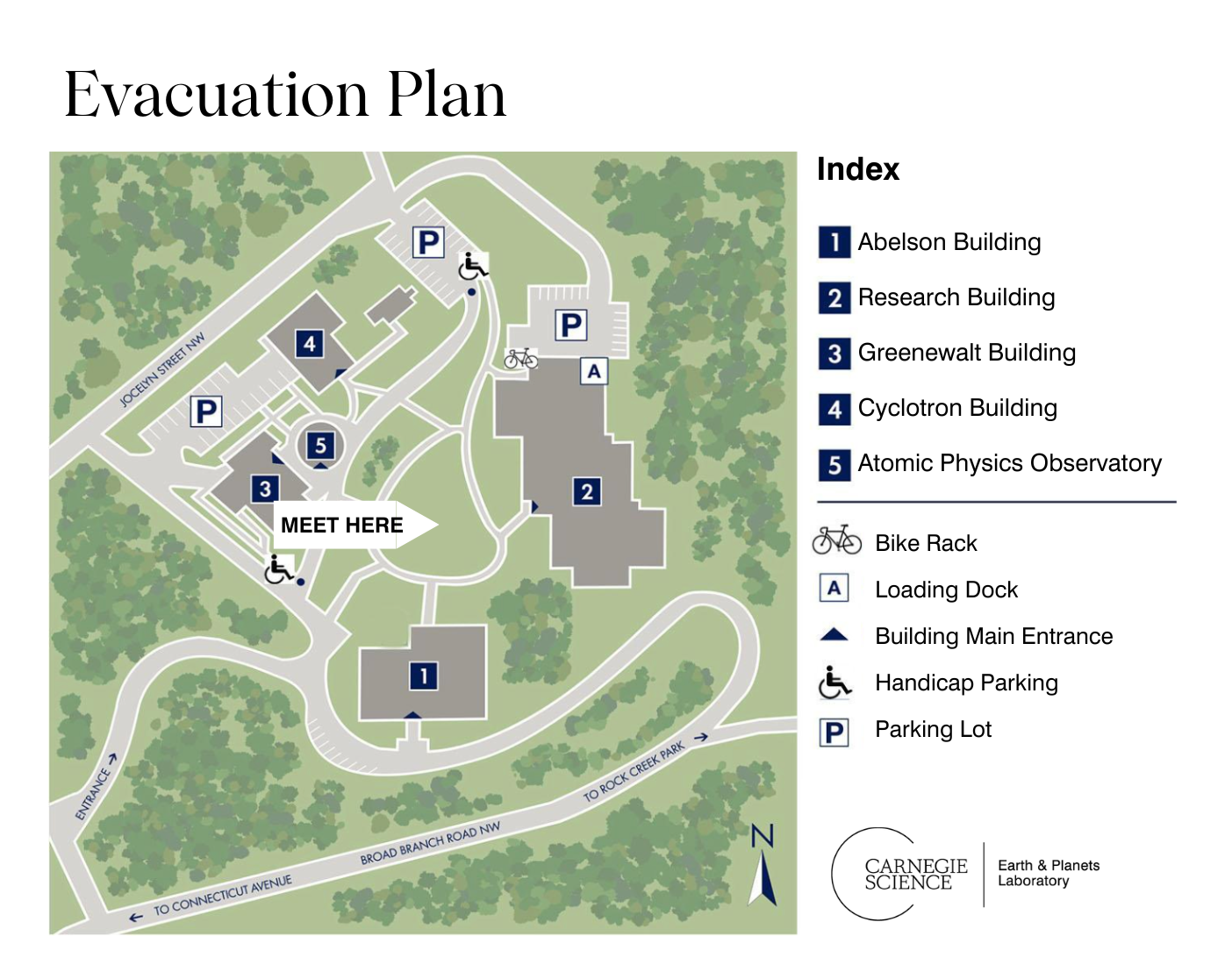
If you hear the fire alarm or see a flashing light:
- Immediately stop what you are doing.
- Calmly leave the building through the nearest exit.
- Remind/alert anyone you see to exit the building.
- Rendezvous in the center of campus near the picnic tables (as seen in photo above). You will be notified of an alternative meeting location if necessary.
- Check around for others that you know are on campus and notify senior staff and/or fire personnel if you notice anyone missing.
- Even if the alarm turns off, do not enter the building until either the fire department or BBR staff gives an all clear. The "all clear" to reenter the building will be given ONLY after BBR has determined there is no fire or danger.
- This "all clear" will be given by one of the Building Engineers. If the fire department is on the scene, they will advise us when and if we can re‐enter the building.
Kits be found in the following locations: three in the Cyclotron Building, outside the ion probe lab and on the second floor outside the chem lab (a smaller first aid kit can be found in the main mass spec lab); the coffee room in the Abelson Building; one in the middle hallway on each of the 1st and 2nd floors of the Research Building; one each outside service chases R-124 and R-224; two in our machine shop on the ground floor of the Research Building.
-
Abelson
-
Coffee Room
-
-
Research
-
Ground Floor - Machine Shop; Hallway bet. stairs , & loading dock.
-
1st Floor - middle hallway outside R-124
-
2nd Floor - middle hallway outside R-224
-
-
Greenewalt
-
Dining Room - Adjacent to kitchen
-
-
Cyclotron
-
Ground - Outside Ion Probe Lab, G-13
-
2nd Floor - Outside Chem Lab
-
Laboratory Safety
A. Ordering Process
- Submit PO to the business office and copy Javier Rojas (jarojas@carnegiescience.edu)
- Javier will place the order when the PO is approved
- Cylinders will be placed in the appropriate storage rack
- Each cylinder should be labeled with the PI name and PO number and delivery slip given to the business office
- Flammable tanks are stored outside and non-flammable inside.
- Javier will notify PI of the gas delivery with the PO number and serial number and label the tank with their name.
- PI will pick up the tank in a timely manner
B. Empty
- PI brings an empty tank to the empty cylinder storage area, labels empty, and notifies Front Office right away with gas type and PO number.
- Javier coordinates pickup of empty cylinders.
- Accountability: new orders will not be placed for those who do not follow B1, i.e., accumulating tanks in the empty storage area.
To work in a lab on campus, you must complete and submit the following forms to the designated lab manager. We keep all of our safety forms on the internal website.
To access and download the lab safety forms for your specific lab, click here.
To access lab safety administrative tools, click here. (VPN required.)
Internal website
